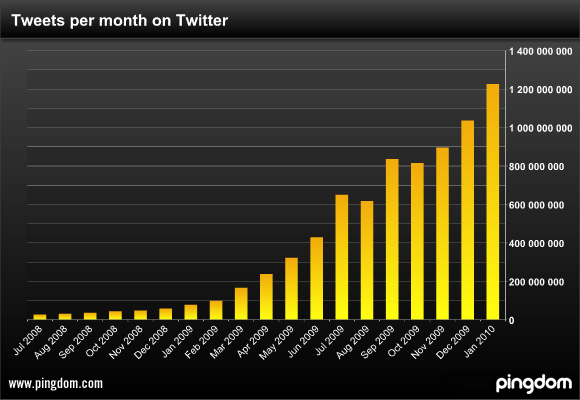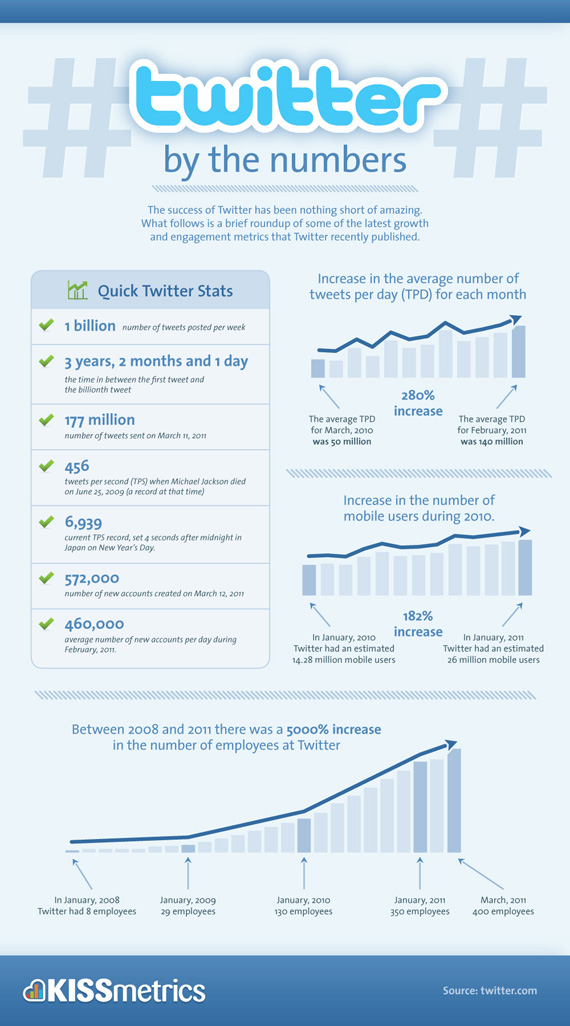In past articles, I have written about the new reality of work where, regardless of your title or work agreement, you are a service provider selling YOUR services to your firm. You company is NOT buying 40 hours a week but rather your specific skill-set.
The next reality I need you to accept is that job security no longer exists. Whether you are a contract employee or an old timer, your job is only as secure as the value of your skills.
When you accept the above two statements, you will be much happier and you will have a different perspective of your job and the value you create.
Personal value creation comes in 2 flavors, portable and non-portable.
Portable value includes everything you can take with you when you leave your current job. Examples include:
- Contacts you have made
- Specialized but transferable knowledge you have gained
- Industry reputation you have built
Non-portable value includes company-specific values that would be worthless anywhere else. Examples include:
- Using a proprietary in-house application
- Learning skills that are only applicable in your current company
Take 10 minutes and take a personal inventory of everything you have picked up in your current job. If you were to leave today, what portable value would you take with you to make yourself more valuable in the market?
When I perform this activity with my teammates, most are surprised at how little portable value they have created. By understanding this distinction, you will be able to spend your valuable time more wisely generating a bigger bang for your buck.


